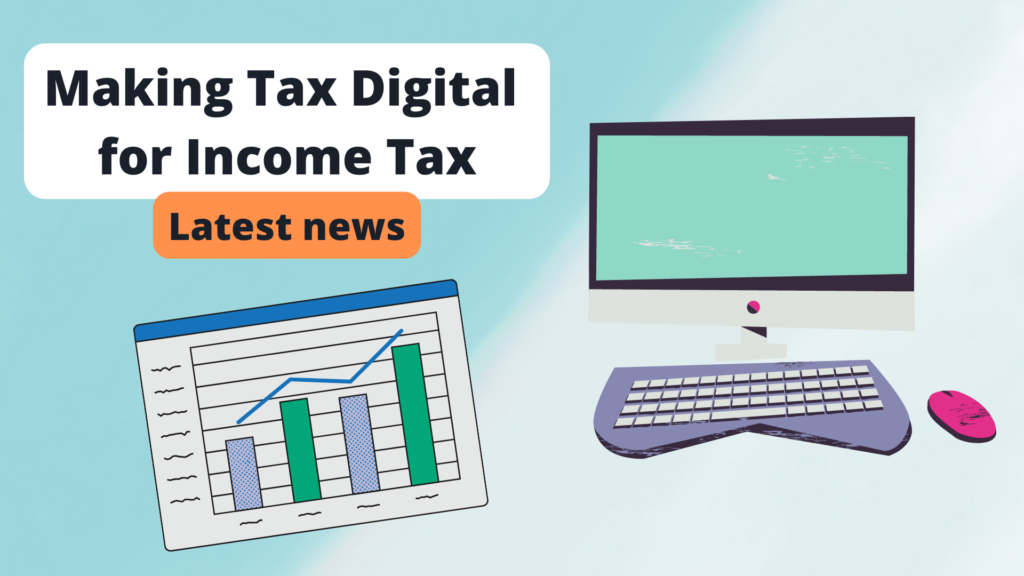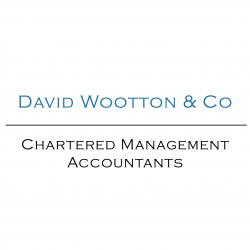Here’s what it means for you…

From April 2026, sole traders earning over £50,000 will say goodbye to self-assessment. People in this bracket will have to then use Making Tax Digital (MTD) for their income tax. The following year, in April 2027, this will apply to any sole trader earning over £30,000.
This timetable has changed – the initial deadline was originally April 2024. HMRC announced the delay in December 2022.
How it works now
At the moment, sole traders use the Self Assessment system and complete a yearly tax return. This is how you tell HMRC what your income has been, minus any business-related allowable expenses.
Some people fill in their own Self Assessment form, whiles other appoint an accountant to do it for them.
What will change in 2026
If you earn over £50,000 as a sole trader – or as a landlord from rental income – you’ll need to adopt Making Tax Digital (MTD) for Income Tax from April 2026.
Essentially, that means you’ll need to use accounting software to digitally manage your records relating to income tax.
As part of MTD you will need to:
- Send an update to HMRC at least every three months via your software, for each business you run, as below:
| Period covered | Filing deadline | |
| Quarterly update 1 | 6 April to 5 July | 5 August |
| Quarterly update 2 | 6 July to 5 October | 5 November |
| Quarterly update 3 | 6 October to 5 January | 5 February |
| Quarterly update 4 | 6 January to 5 April | 5 May |
- Provide an End of Period Statement (EOPS) for each business by 31 January, covering the previous tax year. The EOPS summarises income, allowances and adjustments for the business.
- Provide a final declaration by 31 January after the end of the tax year. This states your total income from self-employment across all your businesses. The final declaration is how you calculate income tax and National Insurance contributions for the year.
Are income tax rules changing too?
No – there are no changes to the rules with MTD. Allowable expenses, personal tax allowances and National Insurance contributions all stay the same.
You’ll continue to pay your tax and National Insurance in the same way.
Why is the government bringing in Making Tax Digital?
Generally the aim is to get better visibility – both for HMRC and for you as a business owner. You will have a more regular look at your income tax and the cash flow in your business.
It’s not complicated – and in fact many people will find it easier once they’ve switched to digital. A lot of the process is automated, depending on the software you choose.
Are there benefits for me and my business?
Generally, the financial insight you gain could make it easier to plan for growth. You will have a better understanding of the money coming into and going out of your business, and how you could save for future investments.
It’s also easier to spot trends and understand the seasonal performance of your business.
Very importantly, you’ll also get a much better idea of what your income tax bill will be. A lot of people set aside around a quarter of their income to cover their income tax – but with the quarterly updates you’ll have a clearer figure in mind.
Will it take a lot of time?
Your new system might take a bit of getting used to, but the reporting itself is straightforward. Software companies are making it as easy as possible to create the quarterly update you will send to HMRC, for example. You will just need to select an option and the report will be compiled for you to check. It is a similar process for the EOPS and final declaration.
How do I find accounting software?
HMRC has shared a list of recognised MTD software suppliers. The best known of these are Sage, QuickBooks and Xero. If you’re unsure about your options, contact us for advice.
Can an accountant do it all for me?
Yes – we can do the periodic updates, EOPS and final declaration on your behalf.
Do I need to do anything now?
The MTD deadline is a few years away, but there are a few things you could do to get ready:
- Explore accounting software if you’re not already using it.
- Align your ‘financial year’ with the tax year (6 April to 5 April) if it’s different. This will make things simpler in future and is in fact a legal requirement for MTD. If you need to make that change, it needs to happen in 2023/2024.
- Start using digital apps to record your expenses. Many let you take a photo on your smartphone and upload them directly to your accounting software.
We’re here to help on all of this – whether you just need some advice or you’d like us to take responsibility for your accounting. Just get in touch for a chat.
As Lune Valley accountants we work with many sole traders and landlords locally. We also manage payroll services and corporate accounts. Get in touch

